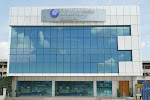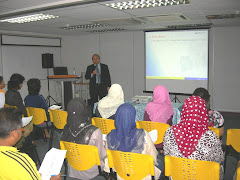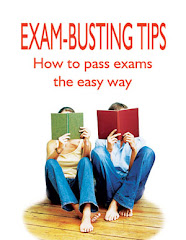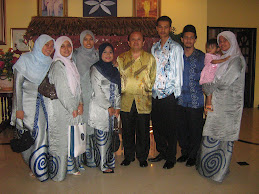 KUALA LUMPUR, Sept 14 (Bernama) -- As the awareness on H1N1 influenza increases, more members of the public can be seen wearing masks in their efforts to check the spread of the H1N1 virus in the country.
KUALA LUMPUR, Sept 14 (Bernama) -- As the awareness on H1N1 influenza increases, more members of the public can be seen wearing masks in their efforts to check the spread of the H1N1 virus in the country.They can be seen wearing the masks at public spots like hospitals, hypermarkets and shopping complexes.
"The culture of wearing face masks to prevent the spread of influenza and other respiratory diseases is good but the public should not make the practice as the only measure to curb the spread of H1N1 influenza," an officer of the Infection Control Division of a public health institution told this writer at a seminar on H1N1 here.
The officer is among the participants of the National A (H1N1) Influenza Pandemic Conference 2009 held last Sept 12. The day-long event was organised by the Malaysian Medical Association (MMA), Ministry of Health and Federation of Private Medical Practitioners Association of Malaysia (FPMPAM)
"Only those who are sick are required to wear the masks and people with H1N1 should not be outside of their homes, instead they went everywhere.
"They should be quarantined at home and this is to prevent them from spreading the H1N1 virus to others if they go to public places. At home they should wear masks as there are others such as their family members," she said.
The misconception is that people think that by wearing masks, even those who are sick can go to any place they like, said the officer.
"My advice to those who are sick is to stay home, impose self-quarantine as this helps to prevent H1N1 from getting to others," she added.
ONE METRE DISTANCE
"Stay at least 1.0 metre away from any individual with influenza-like symptoms. The use of masks could reduce the transmission. However if used incorrectly, may actually increase the risk," said Dr T.C. Lim, another participant at the seminar.
He said if masks are to be used, this measure should be combined with other general measures to help prevent the human-to-human transmission of H1N1 influenza.
Dr Lim said according to the World Health Organisation (WHO), among the other general measures are:
Refrain from touching mouth and nose;
perform hand hygiene frequently, by washing with soap and water or using a handrub especially if touching the mouth and nose and surfaces that are potentially contaminated;
reduce as much as possible the time spent in close contact with people who might be ill;
reduce as much as possible the time spent in crowded settings;
improve airflow in your living space by opening windows as much as possible.
stay at home if you feel unwell
WHEN TO WEAR MASKS?
According to Dr Lim, people are recommended to wear surgical masks when they have symptoms of respiratory infection or fever.
"Also, if you are looking after someone with respiratory infection symptoms and had came into contact with a person having respiratory infection symptoms.
"You have to wear masks when visiting friends or family members at hospitals, or visiting crowded and poorly-ventilated places," he said.
DO NOT RE-USE MASKS
Dr Lim advised the public to replace the masks with new, clean and dry masks as soon as they become damp or humid.
"Do not re-use the masks. Discard the used masks and dispose them immediately upon removing. Hands should be washed immediately after removal of the mask.
Wearing surgical mask is just one of the ways to prevent the spread of droplet and respiratory tract infections. The practice of good personal hygiene is important, he said.
"Even if you do wear a surgical mask, you should continue to maintain a high standard of personal hygiene because no mask can offer total protection," said Dr Lim.
MORE HARM THAN GOOD
Another seminar participant, who wished to be identified as Dr Wong said he noticed that people wear masks even with no one around.
He said the H1N1 virus is not airborne.
"To be considered an airborne virus, the microorganism would have to survive or remain in the air for long periods of time. The H1N1 virus does not stay airborne," said Dr Wong who is from a private medical centre here.
"I noticed many people wear masks in crowded places. However, places like airports, shopping malls and schools are full of germs. If only a small number of germs get into the holes in the mask, you will provide a breeding ground for them.
"This may lead to an infection. The moisture you produce in your mask is perfect for bacteria and viruses to grow," he said.
PREVENT EXPOSURE TO H1N1 VIRUS
The way to prevent exposure to H1N1 virus is to avoid physical contact with people who may be sick or infected. Also avoid commonly touched surfaces like escalator railings, poles and public toilet doorknobs.
The H1N1 virus usually spreads when someone touches surfaces with the virus and then touches his own nose, eyes or mouth.
Washing your hands frequently is the best defense against exposure.
"Wearing a mask is only good at helping you not to spread your illness to others if you are infected," Dr Wong added.






























No comments:
Post a Comment